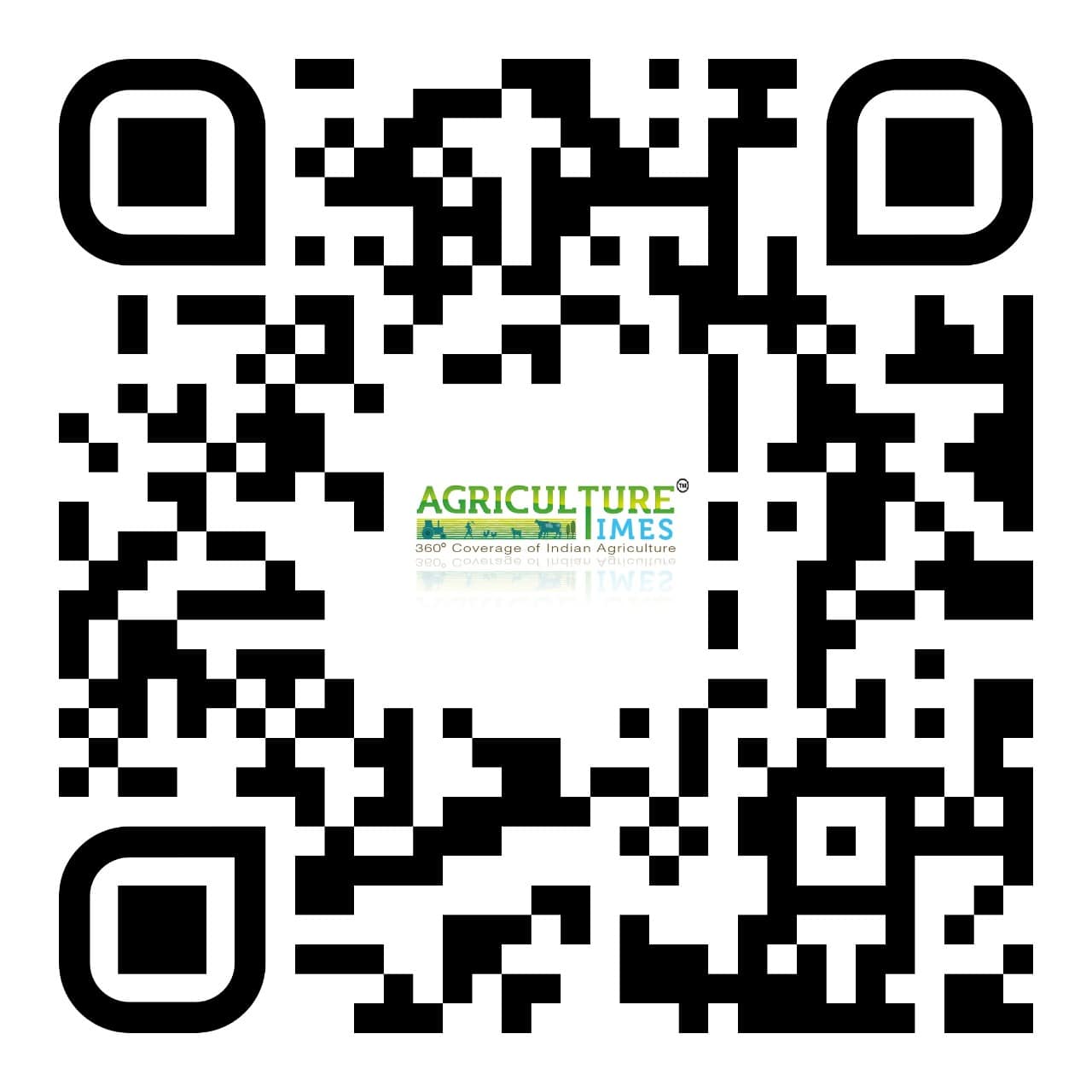MUMBAI, 12 May 2025: As the world grapples with climate change, food insecurity, and unsustainable farming practices, millets are making a powerful comeback.
Often called “nutri-cereals”, millets are emerging as a climate-resilient, eco-friendly, and nutrition-dense solution for sustainable agriculture.
Once considered a poor man’s crop, millets are now being rebranded as superfoods with immense health and environmental benefits. Governments, health experts, and climate scientists are turning their attention to millets for their low carbon footprint, minimal water requirements, and adaptability to marginal lands.
Why Millets Matter in the Era of Climate Change
Millets are naturally drought-resistant crops, making them ideal for arid and semi-arid regions. Unlike water-intensive crops like paddy or sugarcane, millets require 70% less water and grow well without synthetic fertilizers or pesticides.
As climate change intensifies, extreme weather patterns threaten global food supply. Millets, with their hardy nature and short growing cycle (some varieties mature in 60–70 days), offer a viable alternative for sustainable food production. They thrive in poor soil conditions, resist pests naturally, and provide reliable yields even under harsh climates.
Their cultivation helps reduce agriculture's dependence on chemical inputs, conserves biodiversity, and supports regenerative farming practices—key components of eco-friendly farming systems.
Nutritional Powerhouse with Global Demand
Millets are packed with essential nutrients such as iron, calcium, magnesium, dietary fiber, and plant-based proteins. They are also gluten-free grains, making them suitable for people with celiac disease or gluten intolerance.
Health-conscious consumers and urban populations are driving global demand for millets as superfoods for gut health and high-fiber diets. Popular varieties like foxtail millet, finger millet (ragi), and pearl millet (bajra) are increasingly appearing in energy bars, breakfast cereals, and health mixes.
The rise in plant-based nutrition trends and the demand for low-glycemic index foods have further catapulted millets into the spotlight. Their consumption helps manage lifestyle diseases like diabetes, obesity, and cardiovascular disorders.
Millets and Farmer Empowerment
Millet cultivation provides a critical lifeline for smallholder and marginal farmers. These grains are ideal for low-input agriculture, which reduces the financial burden of expensive seeds, fertilizers, and irrigation.
They enable income diversification for farmers, especially in drought-prone regions of Asia and Africa. Millets are also suitable for intercropping and mixed farming systems, allowing farmers to cultivate multiple crops and build resilience against market volatility.
Moreover, many millet-focused initiatives promote women in agriculture, since women often play a leading role in millet processing and marketing. Supporting millet value chains thus contributes to sustainable rural development and gender equity in farming communities.
India Leads the Millet Movement
India, home to over 80% of the world's millet production, is spearheading a global revival of this ancient grain. The International Year of Millets 2023, declared by the United Nations upon India’s proposal, aimed to boost global awareness and encourage investment in millet cultivation.
The Indian government has since launched millet missions across states like Karnataka, Odisha, and Chhattisgarh. These initiatives promote organic millet farming, provide subsidies, and integrate millets into public food schemes like the Mid-Day Meal Program and Public Distribution System (PDS).
Innovative agri-tech solutions for millets—such as precision sowing, smart irrigation, and digital marketplaces—are also being deployed to make millet farming profitable and scalable.
Global Markets and Export Potential
With growing international awareness, millet exports from India are on the rise. Countries in Europe, North America, and the Middle East are actively importing organic superfoods like millets to cater to their health-conscious populations.
India exported over 500,000 metric tons of millets in 2023, with the government aiming to double this figure by 2025. Trade shows, e-commerce platforms, and free trade agreements are helping unlock international millet demand, establishing India as a global leader in sustainable grain markets.
This export potential not only brings in foreign exchange but also ensures better prices for Indian farmers growing traditional crops.
The Road Ahead: Challenges and Opportunities
Despite the growing momentum, several challenges remain. Millet supply chain solutions—including improved storage, modern processing units, and efficient logistics—are crucial for mainstreaming these grains.
There is also a need for strong crop diversification policies that incentivize farmers to shift from water-intensive crops to climate-smart alternatives like millets. Enhanced agri-innovation funding, public-private partnerships, and research on high-yield millet varieties can drive scalability.
Promoting millets as part of farm-to-fork sustainability—from cultivation to consumption—requires awareness campaigns, nutrition labeling, and inclusion in dietary guidelines globally.
Conclusion: The Future is Millet
Millets are not just ancient grains—they are the future of food security and climate-smart agriculture. With low environmental impact, high nutritional value, and the ability to empower millions of smallholder farmers, millets tick all the right boxes for sustainable agriculture.
As the world shifts toward resilient food systems and sustainable farming practices, embracing millets could be one of the smartest decisions for both people and the planet.
Image credit: cabidigitallibrary.org




















